First off, I apologize if there is a solution for this somewhere, but I've done a great deal of digging through Three.js and A-Frame docs as well as Stack Overflow and haven't found what I'm looking for.
What I want to do is create a best-fit A-Frame plane from a set of Vector3s that I already know are coplanar. This can be easily done if the angle of the plane is a multiple of 90, but anything else and the .setFromPoints() algorithm for Box3s doesn't work the way I need it to.
The conversion from Three.js to A-Frame I can most likely handle myself, but if anyone wants to tackle that they're more than welcome to. I just need to create a rectangular plane that actually makes sense.
Basically, I want to create an algorithm that does this:
Create the bolded plane, rather than the lighter box/plane with too much wasted space.

I don't want to create custom geometry that perfectly fits the points, which I've already done. I actually do just want an A-Frame plane with nothing but height, width, position, and rotation attributes. I understand this is less precise, but it's far more ideal for what I'm working on.